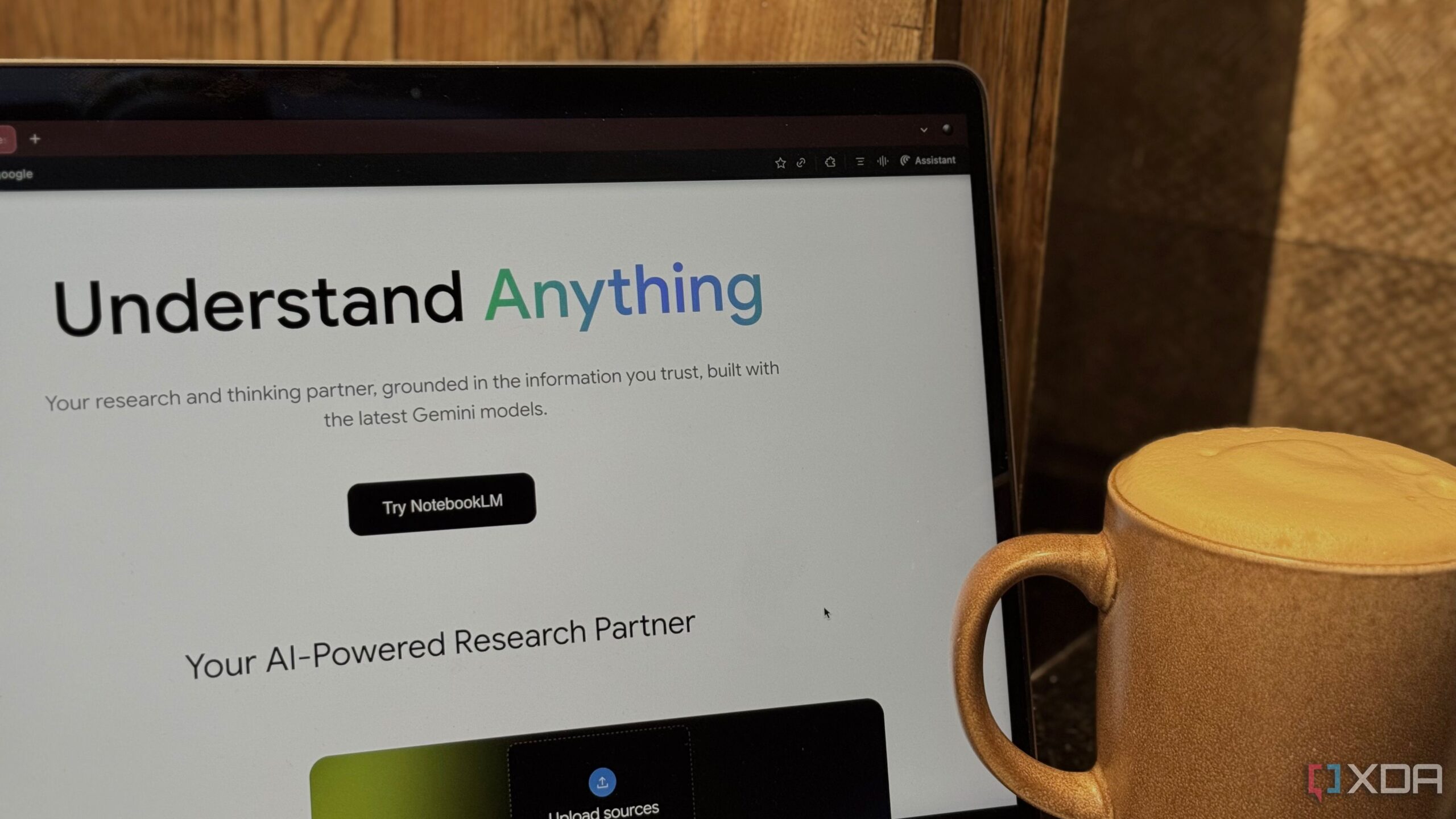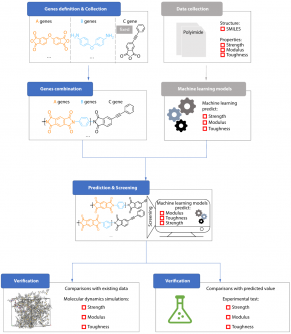Google’s NotebookLM has gained popularity among users, but many mistakenly view it as a traditional note-taking application. This misunderstanding arises from its name, which includes “Notebook.” In reality, NotebookLM is designed primarily as a research assistant and AI tool, enabling users to interact with uploaded information rather than serving as a blank canvas for note-taking.
At its core, NotebookLM functions as a resource that enhances research efficiency. Users must provide information for it to generate useful outputs. The platform does not present users with an empty page, a hallmark of typical note-taking apps. Instead, it awaits the input of existing materials, which it can then transform into an array of formats, such as podcasts, videos, mind maps, or structured reports. This design emphasizes that users should gather their information first and then bring it to NotebookLM for deeper analysis.
Key Differences from Traditional Note-Taking Apps
Unlike dedicated note-taking applications, NotebookLM lacks an organizational system that allows users to categorize and retrieve their thoughts effectively. Traditional note-taking tools provide features like folders, tags, and notebooks to help structure ideas over time. NotebookLM, however, relies solely on the creation of notebooks to manage sources. Users must manually decide how to sort and organize their materials, leading to potential chaos as projects expand.
For instance, if a user has multiple courses, they must create separate notebooks for each one. This can result in having to track numerous notebooks without an effective tagging or linking system. While it is possible to manage notes within NotebookLM, it requires a level of manual oversight that many users may find cumbersome.
Potential for Creative Use
Despite these limitations, users can still incorporate NotebookLM into their workflow for research purposes. For example, a Computer Science student managing six courses could create separate notebooks for each class, upload lecture materials, and utilize the Notes feature to jot down thoughts. Although this method offers some functionality, it does not compare to the fluid experience provided by dedicated note-taking applications like Notion or Evernote.
NotebookLM’s notes feature provides basic formatting options, such as bold and bullet points, but lacks the extensive organizational capabilities found in dedicated apps. Consequently, users may find it challenging to manage and locate their notes later on.
To maximize the benefits of NotebookLM, users are encouraged to pair it with a dedicated note-taking app. This approach allows them to maintain structured notes while leveraging NotebookLM’s research capabilities. Resources are available on platforms like XDA, which offer guidance on integrating NotebookLM with popular note-taking tools, including Notion, Google Keep, and Apple Notes.
In summary, while NotebookLM offers unique features that can be beneficial for research, it is not a replacement for traditional note-taking applications. Understanding its intended use can help users navigate its capabilities more effectively and avoid the pitfalls of treating it as a simple note-taking tool.







